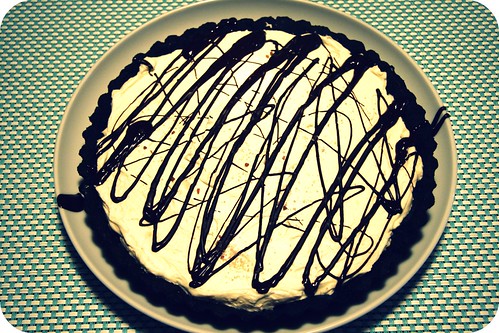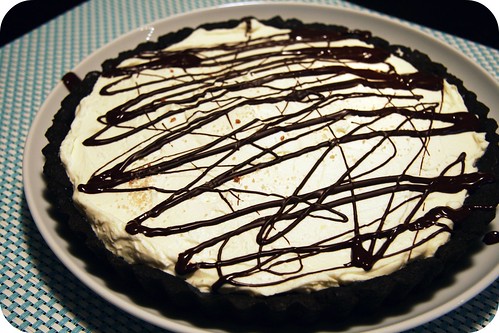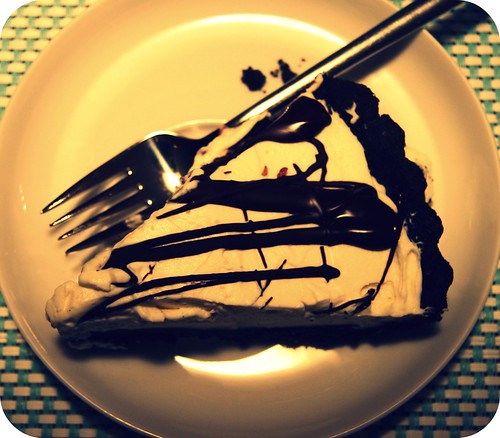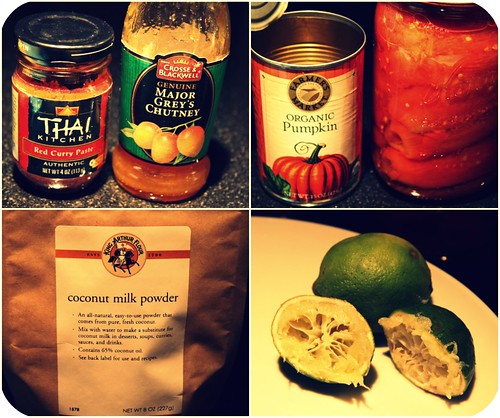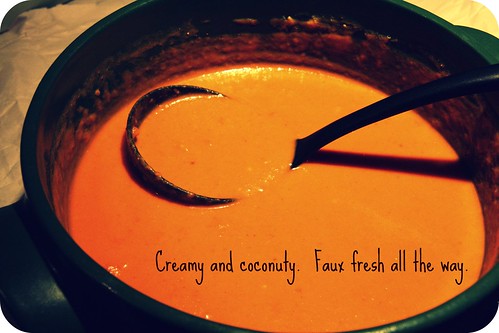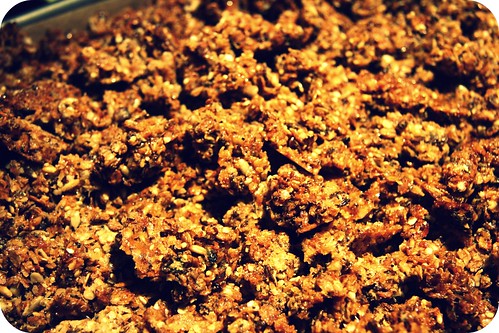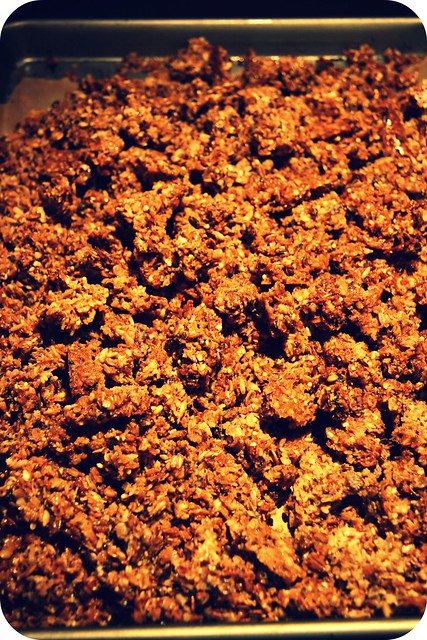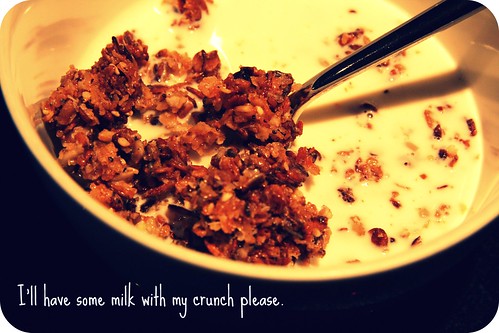Hello gorgeous!
1. I am so tired.
3. This tart is so freaking decadent and delicious, and, if I may say so myself, I feel my pictures do such a good job showing off said tart's unequivocal company-worthiness, that any text other than the recipe in this post would be pointless.
4. Particularly since I am tired so it would likely be boring and/or rambly anyway.
7. Oh yeah - please note - this is a 2-day process. Not a hard process though. Mostly inactive time. A lot of chilling. [Imagine a punny joke here.]
Triple Chocolate Tart
Yield: one 9" tart, about 16 servings.
From yours truly, with a little help from Lottie & Doof and KAF
For the chocolate tart shell*:
8 tablespoons (1 stick) unsalted butter, room temperature
1/2 cup + 1 tablespoon powdered sugar
1 large egg yolk
1 teaspoon pure vanilla extract
1 1/4 cups whole wheat pastry flour, plus more for rolling (all-purpose would work too)
1/4 cup unsweetened cocoa powder**
For the white chocolate ganache/mousse filling:
1 3/4 cup + 2 tablespoons heavy whipping cream
9 ounces high quality white chocolate chips or chunks
For the salted-dark chocolate topping:
2 ounces bittersweet chocolate
Fleur-de-sel or other large, delicious flakey salt
Make the chocolate tart shell: In the bowl of an electric mixer fitted with the paddle attachment, cream butter and powdered sugar until combined, about 1 minute. Add egg yolk and vanilla, and beat until smooth. Sift in flour and cocoa powder, and beat on low speed until just combined. Scrape the dough onto a sheet of plastic wrap, and form it into a disk; wrap well. Chill until firm, at least 1 hour and up to 3 days.
Preheat oven to 325° F. On a lightly floured surface, roll the tart dough into a large circle 3/16 inch thick. Transfer the tart dough to a 10-inch fluted tart pan with a removable bottom and press into pan. If it falls apart at all just push it back together in the pan. Chill the tart shell in the refrigerator for 30 minutes.
Prick the shell all over with a fork. Line with parchment paper filled with pie weights or dried beans and blind bake for 15 minutes. Remove the parchment and weights, and bake until the pastry looks dry and set, 5 to 10 minutes. Transfer pan to a wire rack to cool. (The tart shell can be made 8 hours ahead.)
Now make the filling: Place the white chocolate in a bowl. In a saucepan over low heat, warm the cream until steaming. Add 1 cup hot cream to the white chocolate; stir until smooth. If all the white chocolate doesn't melt, heat mixture very briefly until all the chocolate is melted.
Drizzle 1/2 cup white chocolate mixture into cooled chocolate crust and spread with an offset spatula or the back of a spoon until there is a thin layer of white chocolate ganache covering the whole inside of the shell. Refrigerate shell again.
Gradually stir the rest of the heated cream into the remaining white chocolate/cream mixture. Stir until completely smooth, then cover and chill 8 hours, or overnight.
When you're ready to fill the tart, whip the chilled filling until stiff peaks form (FUN!). Spoon into the crust, and smooth the surface. Freeze, covered, until ready to serve.
Make the chocolate topping: Melt the chocolate in the microwave (use 30 second intervals and then stir until melted). Using a spoon, drizzle the chocolate attractively over white chocolate mousse. Sprinkle with fleur-de-sel. You can do this right before serving or ahead of time and store it in the freezer until it's time to serve.
And finally, to serve: Transfer the tart from the freezer to the refrigerator 30 minutes before you want to serve it, to soften. Slice and serve.
---------------------------------
*This chocolate cookie-like tart is not without its troubles. It all works out in the end but you might have to do a fair amount of patching as you roll the dough and form it into a tart shell. More on my first experience with it here.
**I used 2 tablespoons Dutch-process and 2 tablespoons of this crazy dark cocoa powder from King Arthur Flour called Black Cocoa which is CRAZY intense, almost bitter, and it contrasted with the sweetness of the white chocolate mousse filling bea-YOU-ti-fully.

